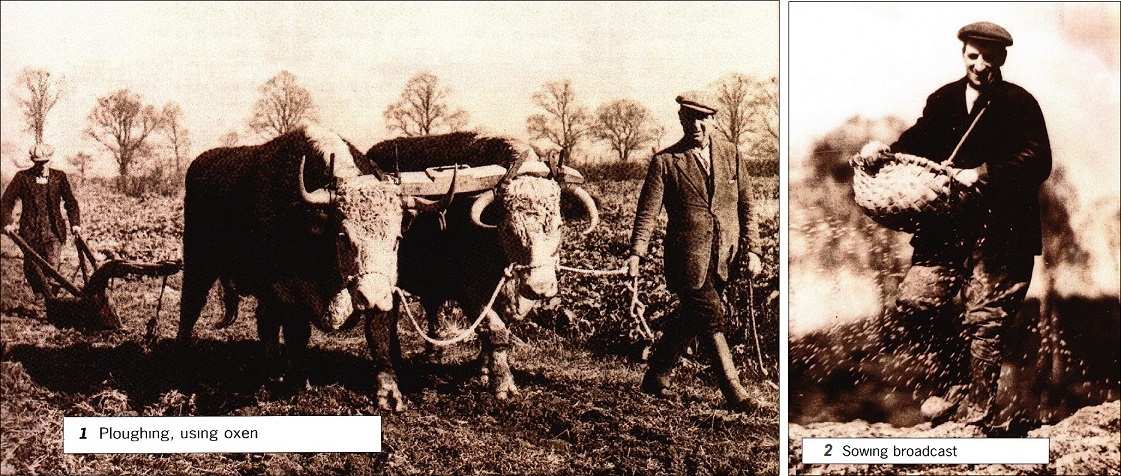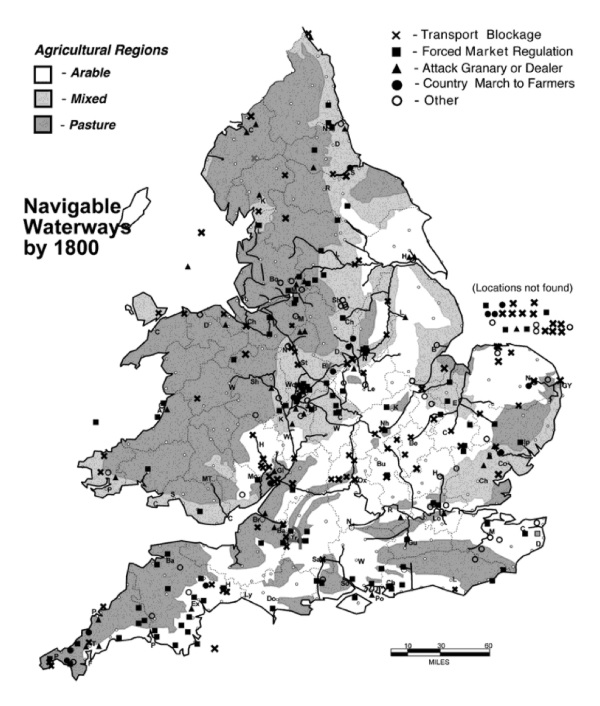
Challenge! Was there an 'Agricultural Revolution'?

Introduction
The problem with the description of the Agricultural Revolution in the last lesson is that it may be wrong!
The idea of an 'Agricultural Revolution' was popularised by the historian Arnold Toynbee in a series of lectures in 1880; the idea was so powerful that, when I started teaching a century later, school textbooks were still describing a period of "epoch-making inventions" which revolutionised agriculture in the late 18th century.
The facts on this page will allow you to challenge this traditional view that there was an 'Agricultural Revolution' after 1750.
Before you start, consider Sources 1 and 2. Referring only to the traditional account on the Agricultural Revolution in the last lesson, suggest a date for the two illustrations.
Then read Sources 3-10.
After you have studied this webpage, answer the question sheet by clicking on the 'Time to Work' icon at the top of the page.
Links:
The following websites will help you research further:
An Agricultural Revolution?

